Practical tips for storing your ride in a garage or a bicycle shed

With the summer in front of us, finding suitable short-term bicycle storage for your ride becomes a pressing issue.
Whether you want to buy and assemble a bike shed or your house already has a bicycle garage or basement you’re planning to use, there are things you should consider to make sure that your chosen bike storage is safe and suitable.
Read on to find out how to organize your storage space conveniently, make it thief-proof and protect it from weather conditions.

1. CREATE A CONVENIENT STORAGE SPACE
This point might seem straightforward if you own a garage or a roomy shed. However, not everyone is so lucky - if you’re still seeking your ideal bike storage, consider these tips to choose the most suitable space and arrange it conveniently.
Choose the right type of storage
Finding the most suitable space for storing your bike depends on the number of bikes you have, the layout of your house and yard, and other considerations. These are the most common types of storage:
-
Garage - if you already have a private garage adjacent to your house, you’ll need little effort to transform it into a safe and convenient bike storage. Even if your garage is low on free space, witty solutions
like ceiling hoists can make it work for you. -
Bike sheds - if you have a house or spend time at your summer cottage, bike shed is a practical and a good-looking solution for storing your bike. Sheds are also a good choice for families with multiple bikes who are seeking mid-high security storage. Bike sheds can be rather big and thus are more suited for large yards or unused parking spaces.
-
Bike tents are a cheaper, portable and easy-to-build option for people who want to keep their bikes protected from the weather and out of plain sight. Tents are suitable for situations and areas with minimal risk of theft and usually need to be used together with a rack to keep the bikes upright.
-
Indoors - if none of these solutions are really suitable for your living situation, consider storing your ride indoors. With the
right bike stand orrack , your bicycles will take up minimum space and even complement your interior.

Choose the most suitable bike rack
Your ideal bicycle rack or wall mount will depend on your chosen storage space. If you have a garage, gear shed or a spare room in your house, you can choose from a wide variety of mounts or racks, even
However, if your bike shed is very compact and you don’t want to simply lean your bike against the wall, you are probably in need of some more simple solutions. Consider there:
-
Screw two wooden pegs to the wall in a distance that fits the size of your bike frame. Hanging your bike on pegs will save you space and look decent.
-
Get a shelf or a hook for hanging your bike vertically, like Delta Leonardo or Cycloc Endo.
-
Go for a Delta Michelangelo Bike Stand that leans against the wall to hold up to two bikes.
Don’t forget to take into consideration the clearance space you need to move around the bike (e.g., handlebars and pedals) or to open doors.
Pro tip: Avoid storing your bike with the wheels on a bare concrete floor for long periods of time as it might draw moisture out of the rubber, causing premature aging of the tires. If your garage or basement has concrete floors and your bike stays upright, place a rug or a mat under the wheels.

Organize your storage space
If you've got a lot of stuff lying around your gear shed or garage, you're probably knocking over garden tools and tripping over building materials more than you'd like. Sometimes you might even find your bike tucked so far away in the corner that you might lose the motivation to go for a ride…
If this sounds familiar, you need some help
-
Think about the items and tools that you need to use more often and place those
closer to the entrance. If you ride your bike frequently, don’t tuck it away in the corner. -
Set up horizontal wall mounts not only for your bike but also for garden tools like rakes, hacks, shovels, etc. Alternatively, get a corner tool rack to store the tools vertically - and out from
under foot . -
Keep cables and garden hose neatly rolled up, hung and strapped to your wall.
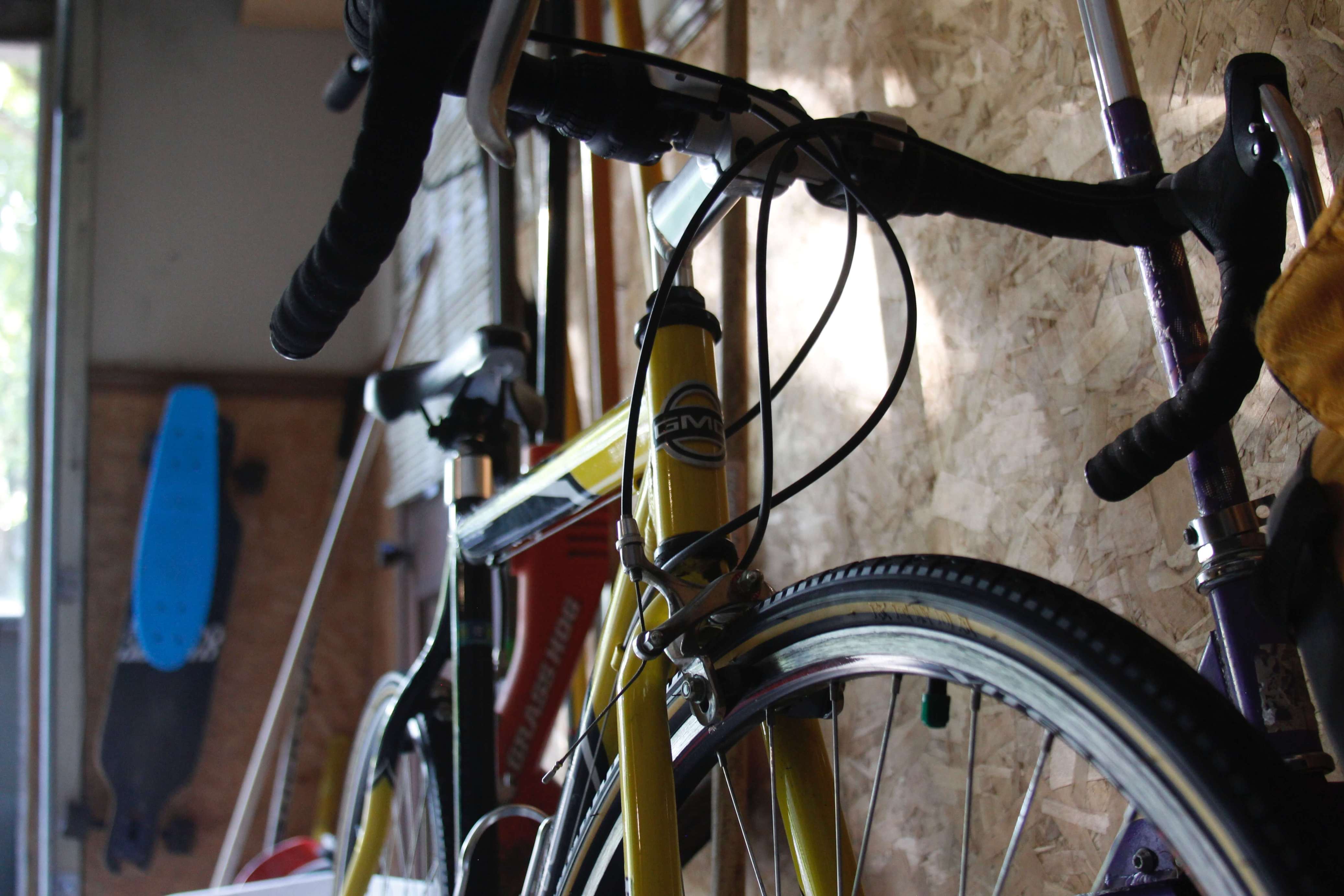
2. PROTECT YOUR BIKE STORAGE FROM THIEVES
Any bike left in plain sight or in an unsecured storage shed is an invitation to thieves so make sure that your cycling buddy is properly protected. Furthermore, if your bike is insured, most insurance companies will not compensate for a stolen bike if you haven’t taken proper precautions to keep it safe.
Choose a suitable place for your bicycle shed
Simply choosing the right place to build your bicycle shed or bike storage unit can make it that much more secure.
The ideal place for your bicycle storage shed should be:
-
Not visible from the main road
-
A place difficult for thieves to reach or operate in
-
Somewhere that won’t attract attention

Properly lock your storage unit
It doesn’t matter if you’re storing your steed in a garage or a gear shed, equip it with a strong padlock. Remember - spending more money on a sturdy lock always pays off, and the best brands might even come with a guarantee.
Improving the basic lock that comes with your shed is always a good idea - for example, a hasp and a strong padlock will upgrade the security of your shed. If you want to go further, replace the door hinge as it’s normally one of the weak points of most sheds.
Pro tip: Don’t attach several padlocks at once otherwise you risk giving the impression that something very valuable is inside.
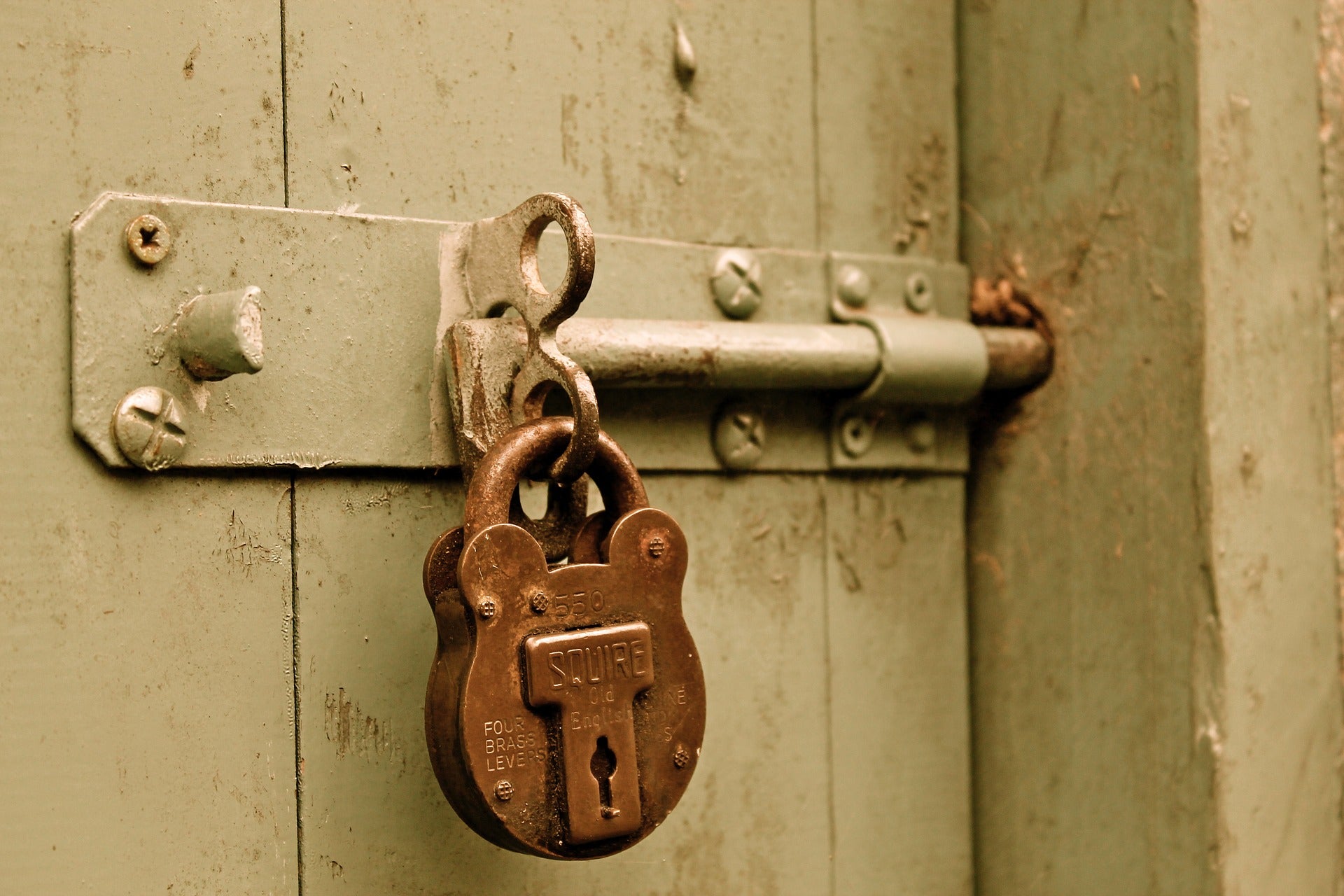
Lock your bike
Even if the bike stays in your private garage, securing it with an additional lock won’t hurt. Furthermore, if you keep your cycling buddy in a shared basement or outbuilding of your apartment house, locking it is a must.
Best practice for locking your bike:
-
Never use cable locks - snipping those is a matter of seconds. U-locks and heavy-duty chains offer better bicycle protection.
-
Don’t lock just the frame - this way anyone can remove the wheels
-
For extra bicycle protection, use two different locks - one securing the back part of the frame and the wheel, and the other locking the front.

Provide surveillance and alarm
If your bike is very valuable or dear to you, consider investing in additional security features like sensor activated lights, surveillance cameras and alarms covering your shed’s door and windows.
Pro tip: If you’re planning to keep tools in the shed, store them in a locked container as they can also become a target for thieves. Furthermore, unsecured tools could also be used to break through your bike locks.

Be careful about what you post online
You should always avoid leaving your bike unattended for prolonged periods of time. If you do go away on vacation or other business, make sure your actions - offline and online - don’t give your absence away.
There are many cases of houses being robbed thanks

3. PREVENT MECHANICAL DAMAGE TO YOUR BIKE
Factors like moisture, dirt, and insects can hurt your bike in the long term. Make sure you do everything to avoid exposing your bicycle to weather conditions that could degrade the components and impact the bike’s longevity.
Protect your bike from the elements
Before deciding to store your bike in one place or another, check the conditions there. Some points to consider:
-
Avoid leaving your bike in damp locations for longer than a week. Otherwise, your bike parts can be damaged by corrosion - starting with your bike chain.
-
Heat and sun can cause your bike’s plastic and rubber parts to degrade. The plastic will become brittle, and the colors will fade.
-
Cold temperatures can reduce the battery life
in your bike computer or other electronic devices. -
Repeated freezing and thawing can cause bike parts to come loose or even crack.
Pro tip: Choose a storage location that is not subject to drastic changes from cold to warm temperatures. For example, if you sometimes ride your bike out in the cold, you should also try to store in a relatively cold place, such as your garage.
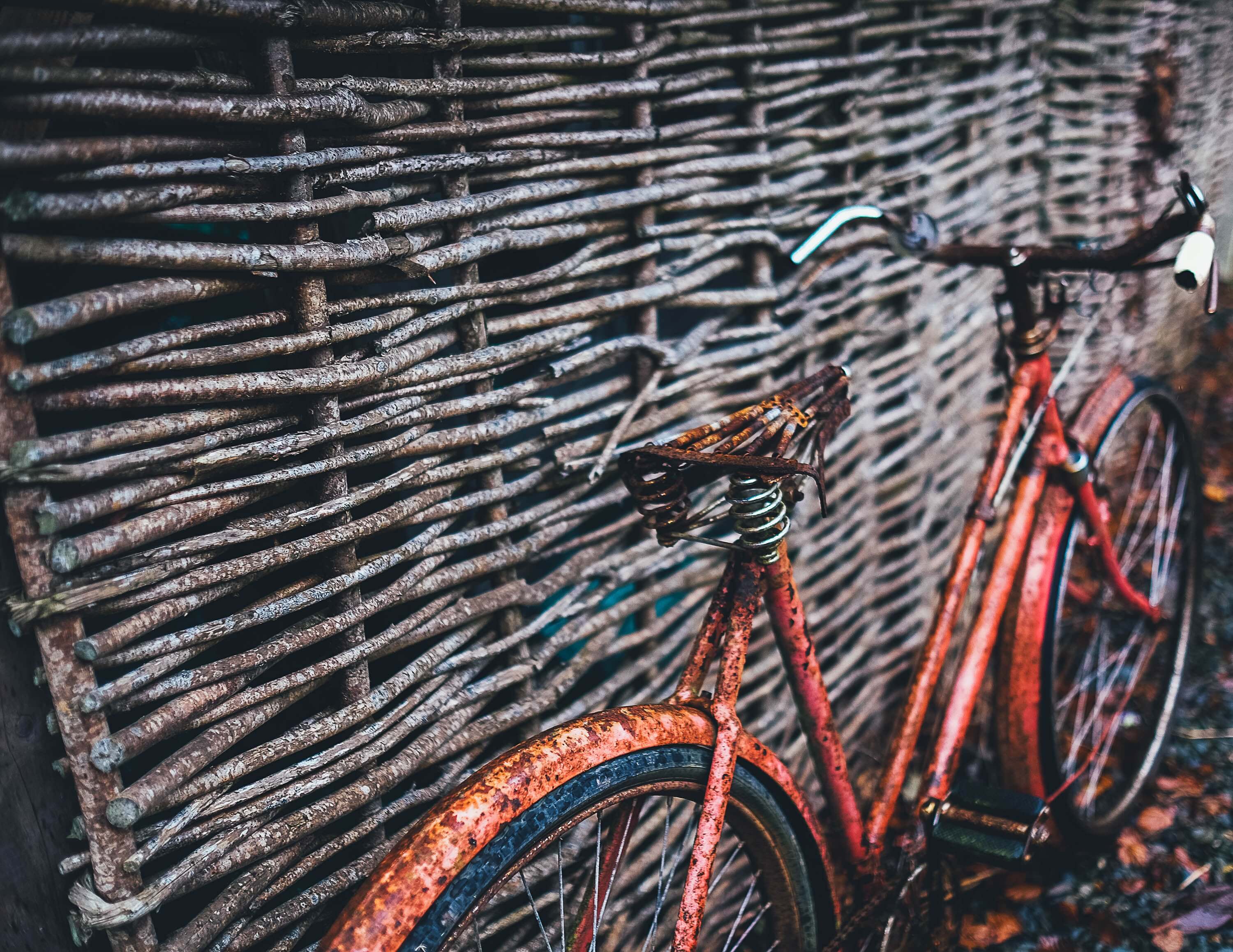
Cover your bike
Not only weather conditions can damage your bike - small insects and spider webs can stick to the bicycle chain and other oiled bike components impeding the rotation of cogs and other mechanisms.
This is where VELOSOCK full bike cover comes in handy, especially if you need to transport your bike or store it for a longer time.
Some reasons for getting a full cover for your bike:
-
It’s very convenient to use because of its contoured shape and handy zippers that run lengthwise along the cover.
-
Your bike will stay dust-and grime-free so you don’t need to worry about cleaning it before your next ride.
-
The cover is UV-proof and
detains moisture, so you can store your bike in a garage or shed. -
A full cover protects the bicycle from insects and accidental scratches.

NOW YOU'RE ALL SET FOR THE PERFECT BICYCLE STORAGE
Before you start organizing your storage, ask yourself:
-
How many bikes do you need to store?
-
Will your shed be used to store other stuff besides the bikes?
-
How safe
is your property and surroundings?
Your answers, together with the tips from this article, will help you find the smartest and most convenient method of storage. Keep your bike safe, warm and
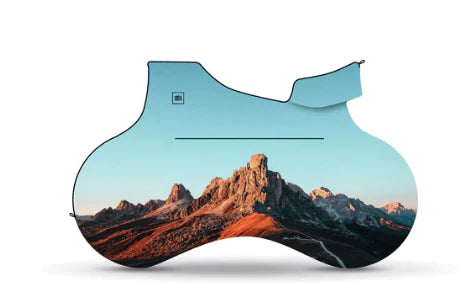
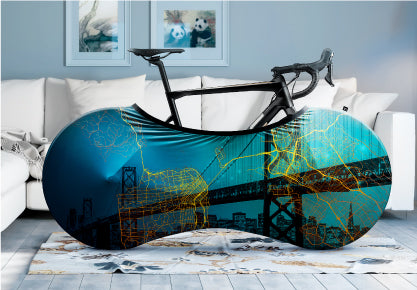
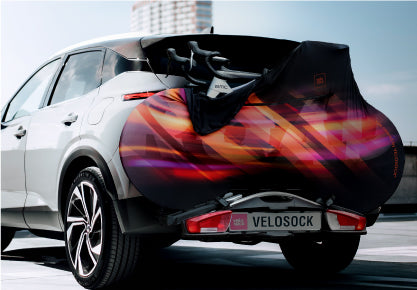
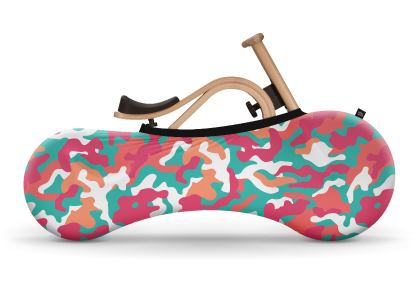
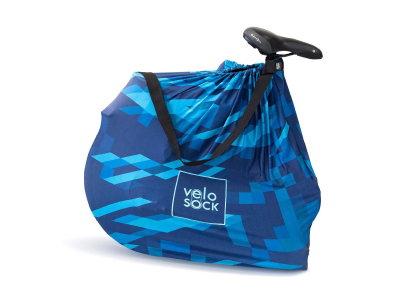


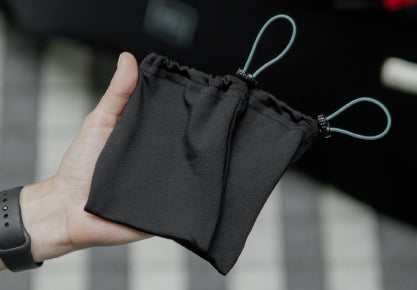
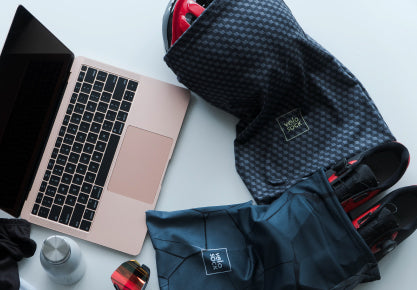
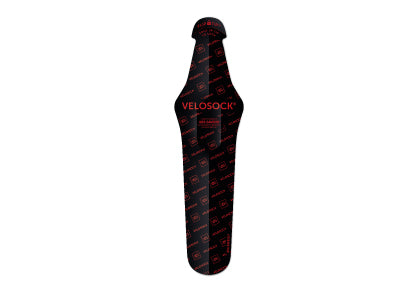
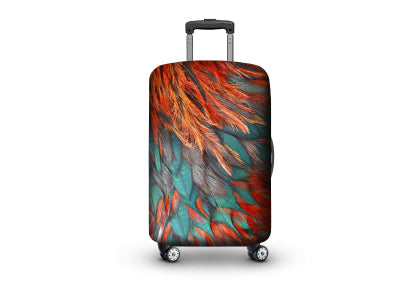




Leave a comment